Few moments compare with waking up at 3am while sailing through Antarctica and seeing jagged peaks set against a pinky-amber sky. That warm sunrise glow from my cabin window in the quiet of the small hours is one of many enchanting moments I’ve experienced in the world’s coldest, driest and southernmost continent (most of the others involved penguins). These landscapes have inspired polar explorers, world-record-setters and more recently adventurous travellers keen to tick off their seventh continent. While there are a limited number of camps offering overnight stays reachable by air, a cruise ship is the best and only way tourists can access most places. And a trip to Antarctica is a once-in-a-lifetime thing: research and planning truly counts. Here’s what you need to know.
Become a subscriber and, along with unlimited digital access to The Times and The Sunday Times, you can enjoy a collection of travel offers and competitions curated by our trusted travel partners, especially for Times+ members
This article contains affiliate links, which may earn us revenue
How to get there
The Drake Passage
ALAMY
Some cruises operate from New Zealand, but the most common way to earn your Antarctica stripes is to cross the Drake Passage from southern Argentina or Chile, a two-day journey known for its extremes — it’s either plain sailing across a smooth “Drake Lake”, or a rather bumpy crossing, known as the “Drake Shake”. Operators are beginning to offer flights from Punta Arenas to King George Island, in the South Shetland Islands, which take about two and a half hours and are ideal for those with limited time, although that’s far less of an experience. Despite suffering from seasickness, I’m glad I toughed it out crossing the Drake by ship, with the albatrosses; that first glimpse of land after two days at sea is a fantastic feeling, which you’ll miss if you fly.
When to go
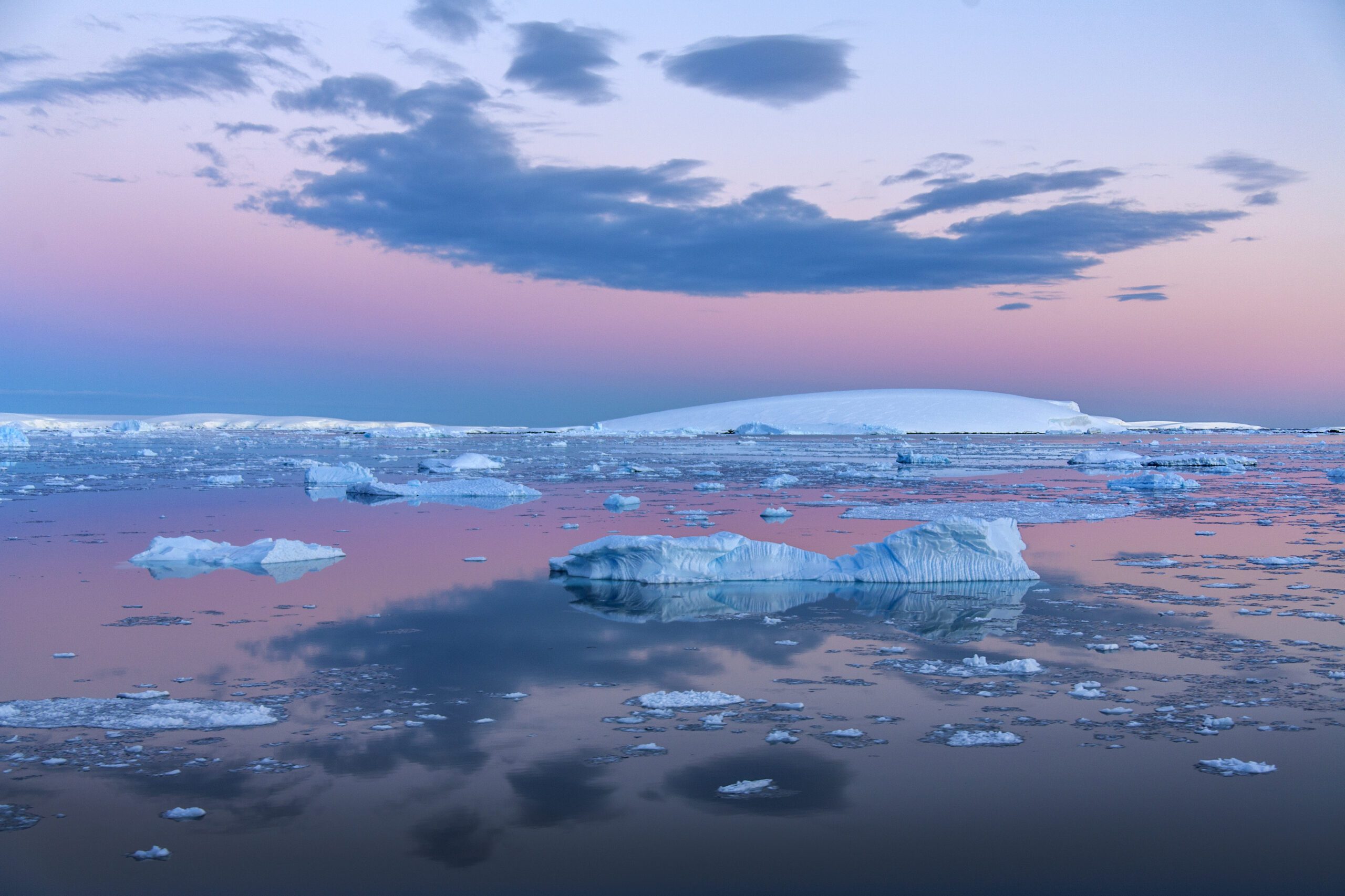
The Weddell Sea
GETTY IMAGES
The tourist season runs in the warm (for Antarctica) months from November to March, with average temperatures nudging just above 0C between December and February. Penguins are pretty much guaranteed all season, but if you want to see chicks, visit in late December or January. February and March are peak times for whale sightings, by which time most migrating pods of humpback, minke and orca have arrived. February is also a good time to see seal pups, while sunrises and sunsets are at their best in March, as the days shorten.
Advertisement
Where to go
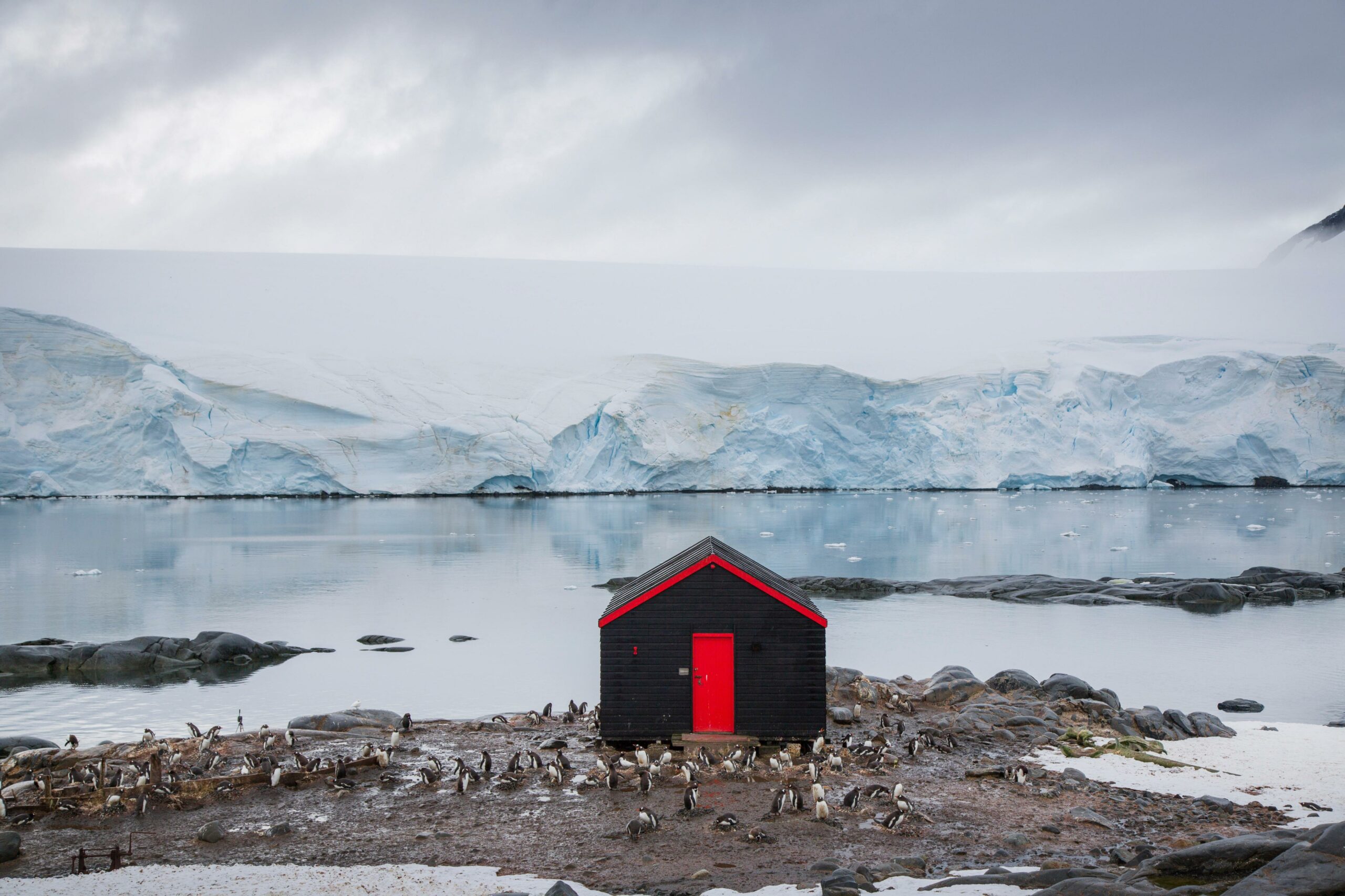
Port Lockroy
ALAMY
There are many amazing places to go — from Port Lockroy, where you can send a postcard home with a penguin stamp, to Deception Island, the caldera of an active volcano, and Elephant Island, where Shackleton’s men awaited rescue — but itineraries are purposefully vague. Expert expedition leaders plan an attempted route, with backup options, and they’ll decide where to go based on the weather report and ice conditions. But I found it all adds to the sense of adventure. Most sailings will move around the Antarctic peninsula, which has plenty of International Association of Antarctica Tour Operators (IAATO) approved landing sites. However, some limited expeditions travel to Snow Hill Island in the Weddell Sea, East Antarctica and the Ross Sea, all home to the rarely seen emperor penguins.
What to pack
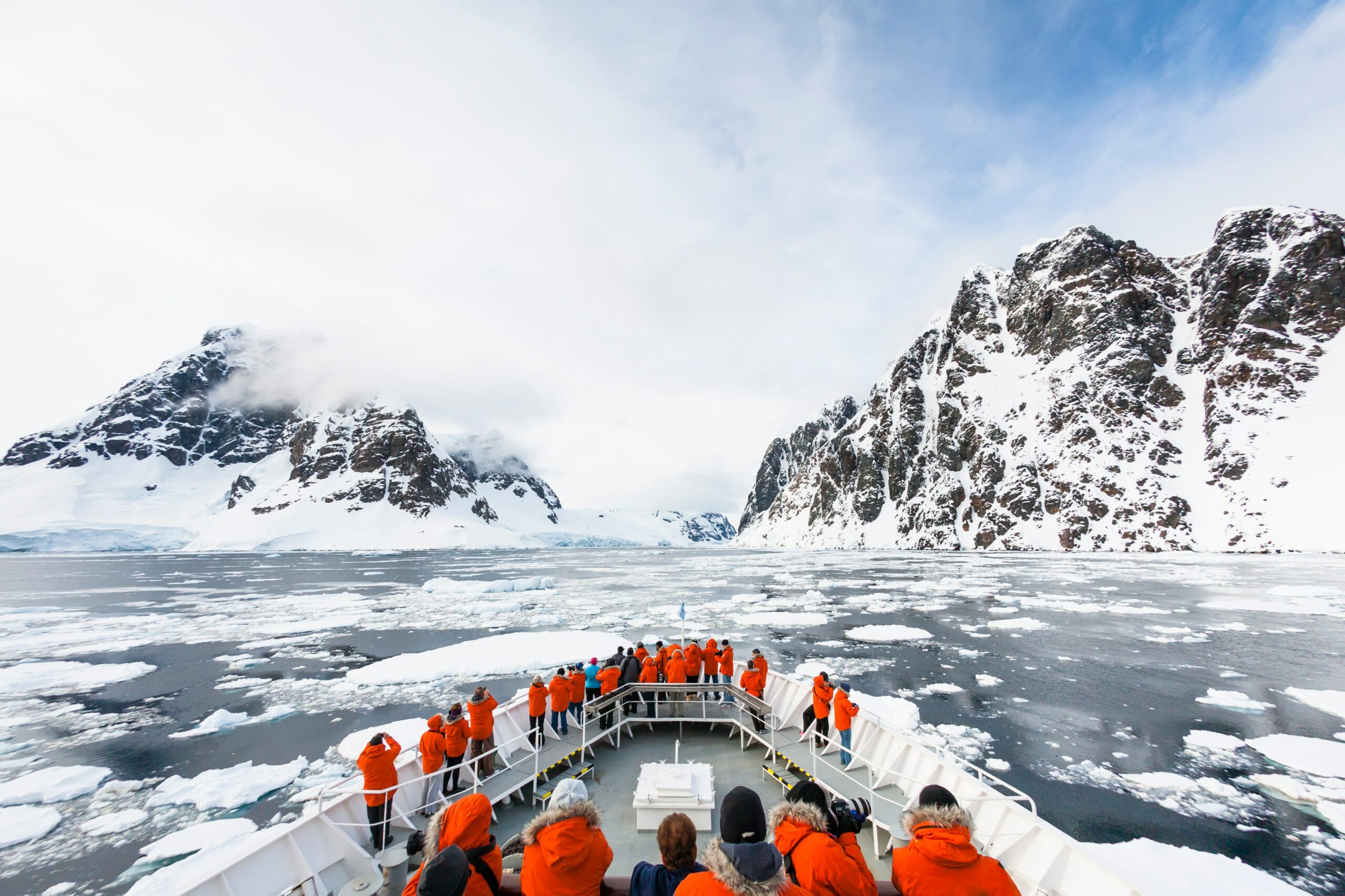
The Lemaire Channel
GETTY IMAGES
Most cruise operators provide guests with expedition parkas, waterproof trousers and rubber boots with warm lining and good grip. Other essentials include good motion-sickness tablets, thermal layers (polypropylene and merino wool are ideal materials), a waterproof backpack, sunglasses, SPF for face and lips, and multiple pairs of gloves in case the pair you’re wearing gets wet. I found that wearing thin liner gloves underneath my bulkier, waterproof gloves allowed me to take photos without getting chilly fingers. And if you like to stay on the safe side, pack waterproof camera housings and protective plastic phone cases too.
How to travel responsibly
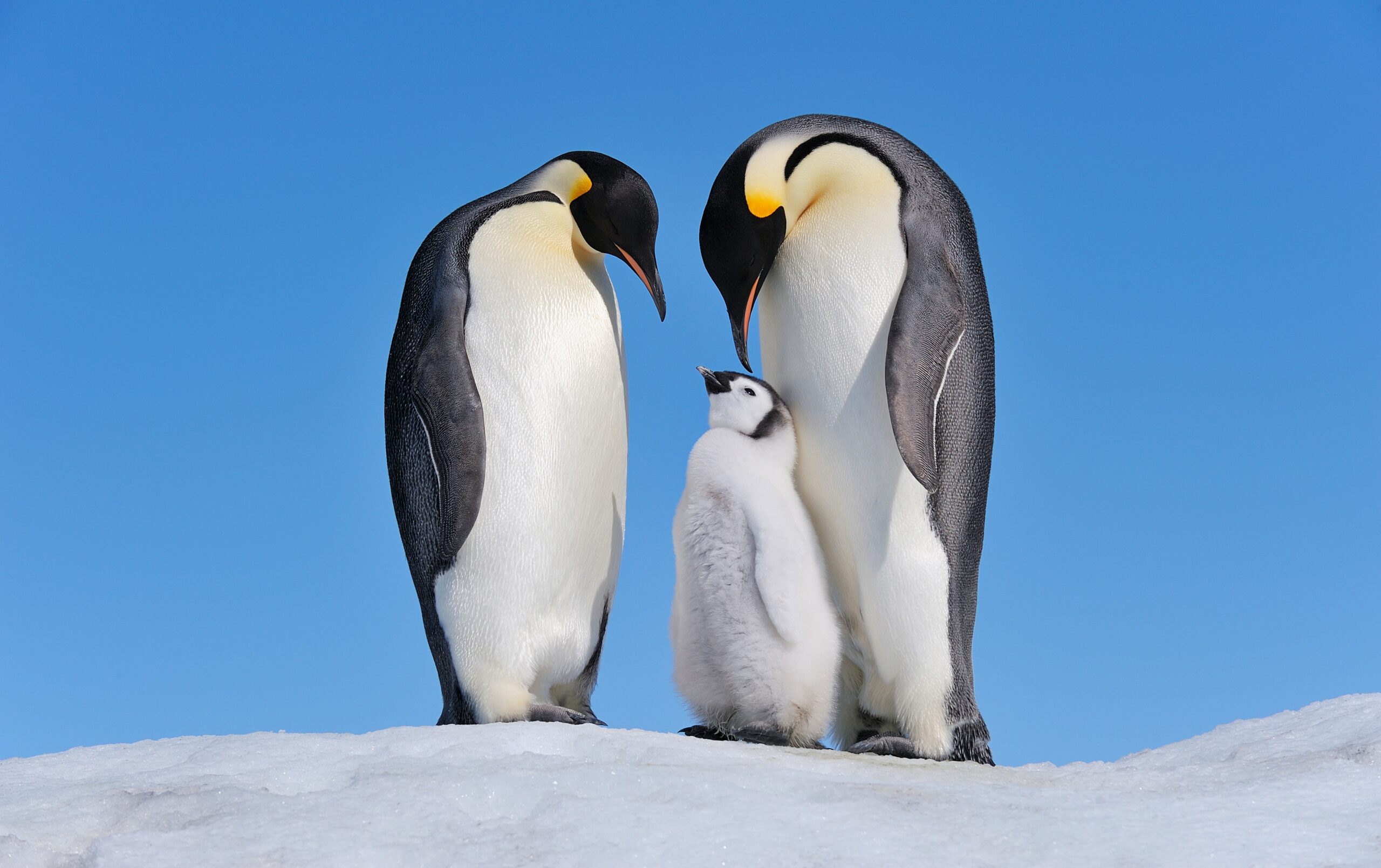
Emperor penguins on Snow Hill Island
GETTY IMAGES
There are strict rules to make sure no foreign materials get onto the ice, so avoid packing any clothing with velcro, ensure clothing and equipment like walking poles are washed carefully before you travel and pay attention to the boot-cleaning protocols when getting on and off the ship. Also, be sure to keep a distance of about 15 feet from wildlife; penguins, and other animals, have the right of way.
• Best cruises to the Arctic and Antarctica
What kind of fitness level do I need?
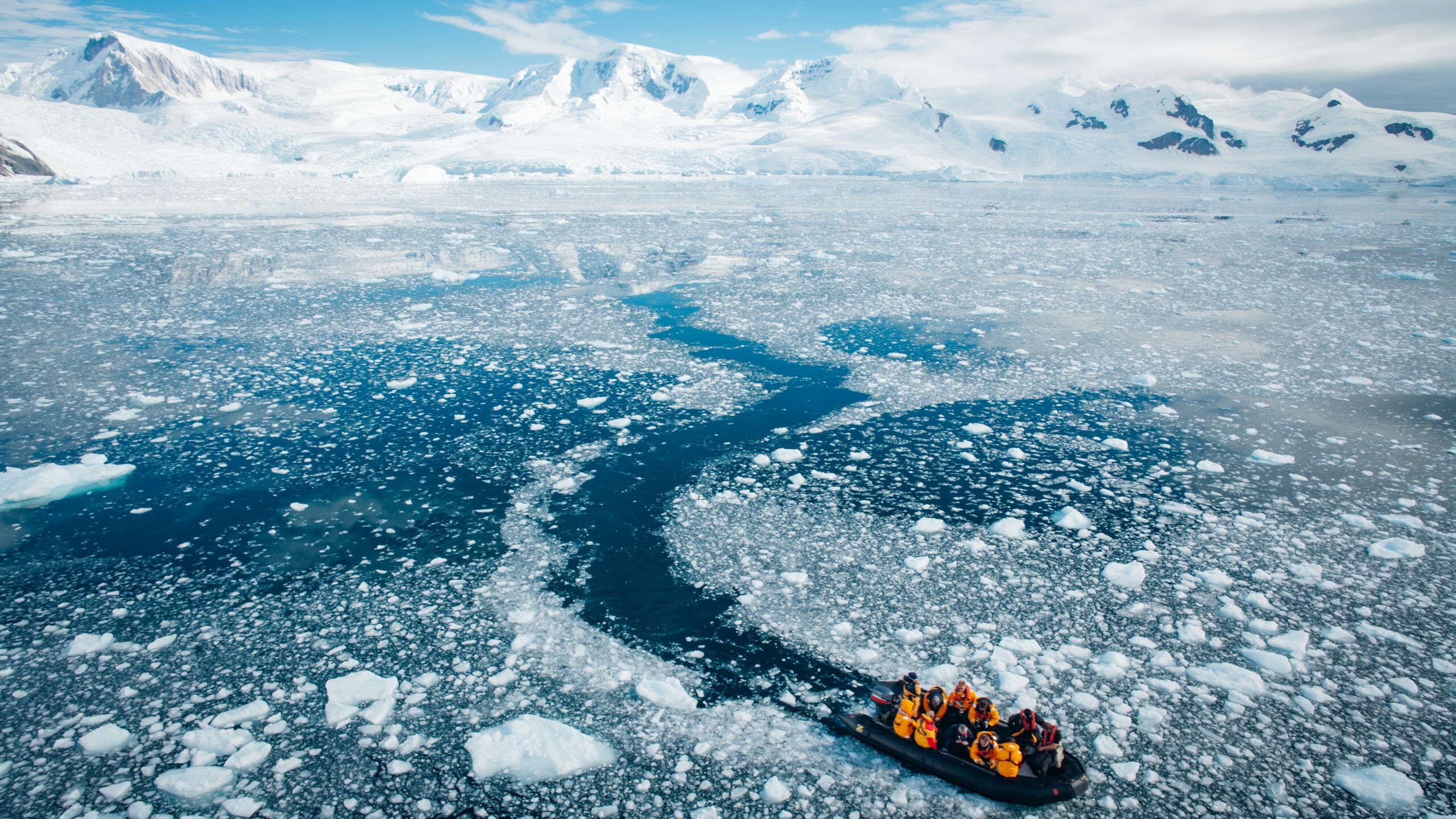
A Zodiac expedition through Antarctica
GETTY IMAGES
Antarctica isn’t only for the ultra-fit — trips are accessible for most fitness levels, as long as you’re comfortable with moderate-level walking and can lift a leg to get in and out of a Zodiac (a small, inflatable motorboat used to get passengers from the cruise ship to the shore). Anyone nervous about rough terrain and icy paths may like to use hiking poles for extra stability.
Advertisement
While you don’t need to be the fittest person in the world, you’ll want to be in reasonable health, and be cautious about taking the polar plunge if you have a heart condition. Medical facilities are limited, and flights out will be grounded for days in poor weather. Accidents can happen, but it’s fairly safe to visit if you travel with a reputable operator and listen to expedition teams’ advice: they take precautions, carefully assessing landing sites and marking out safe paths to follow, while advising on how to stay safe in Zodiacs.
How long should I visit for?
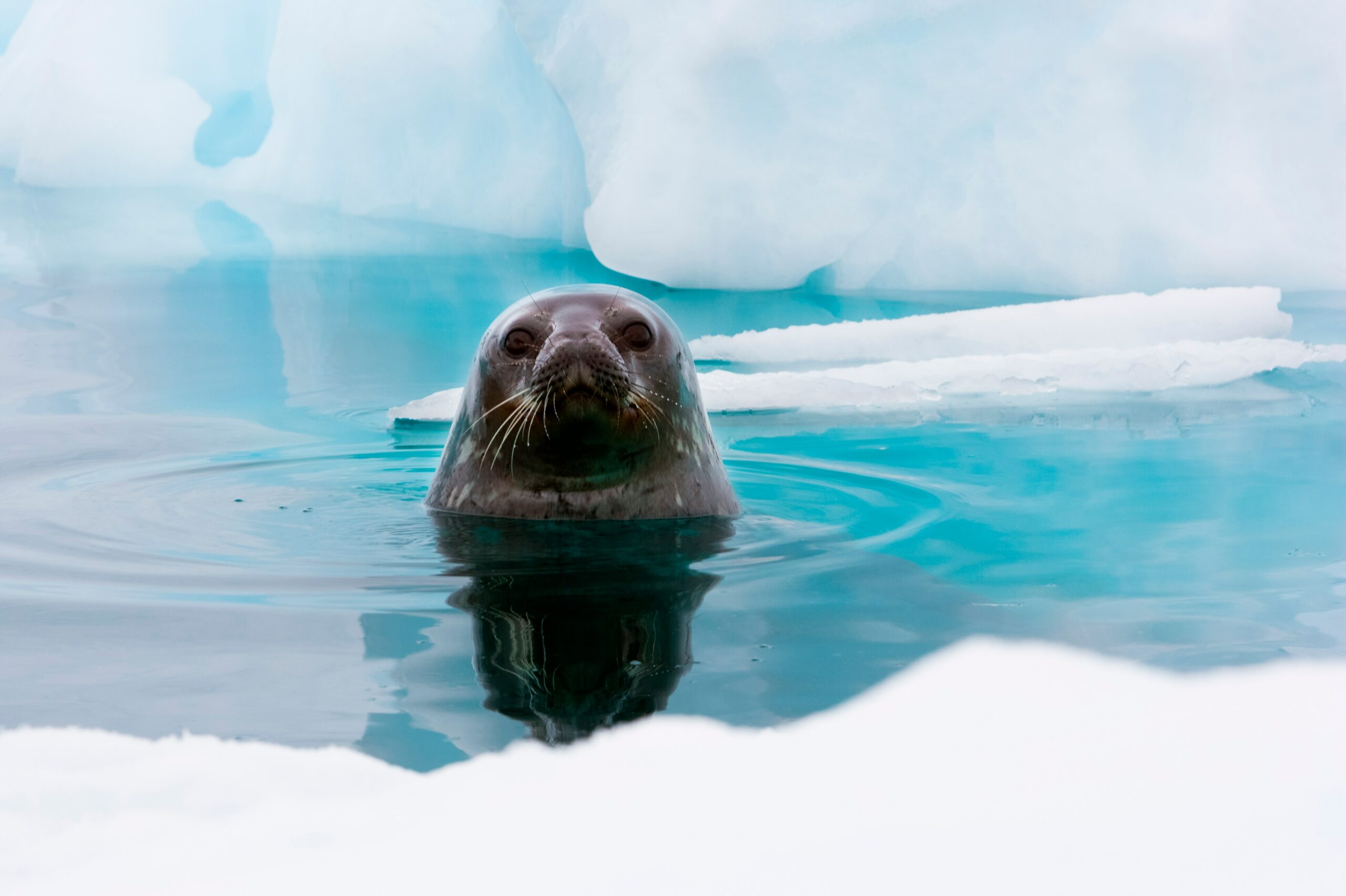
A Weddell seal in Antarctica
GETTY IMAGES
Antarctic itineraries last anything from six days to just shy of a month (with longer sailings often including South Georgia, the Falklands, Chile or Argentina too). If you have anything specific you want to do that needs ideal weather conditions, such as kayaking or the polar plunge (where you take a dip in the icy sea), the longer you’re there, the more chance there is you’ll be able to do it. Depending on where you are, ships can make up to three shore landings per day.
Which operators are best?
You’ll need to go with a trusted operator, and all these below offer Antarctica itineraries with stops at South Georgia and the Falklands too.
1. Silversea
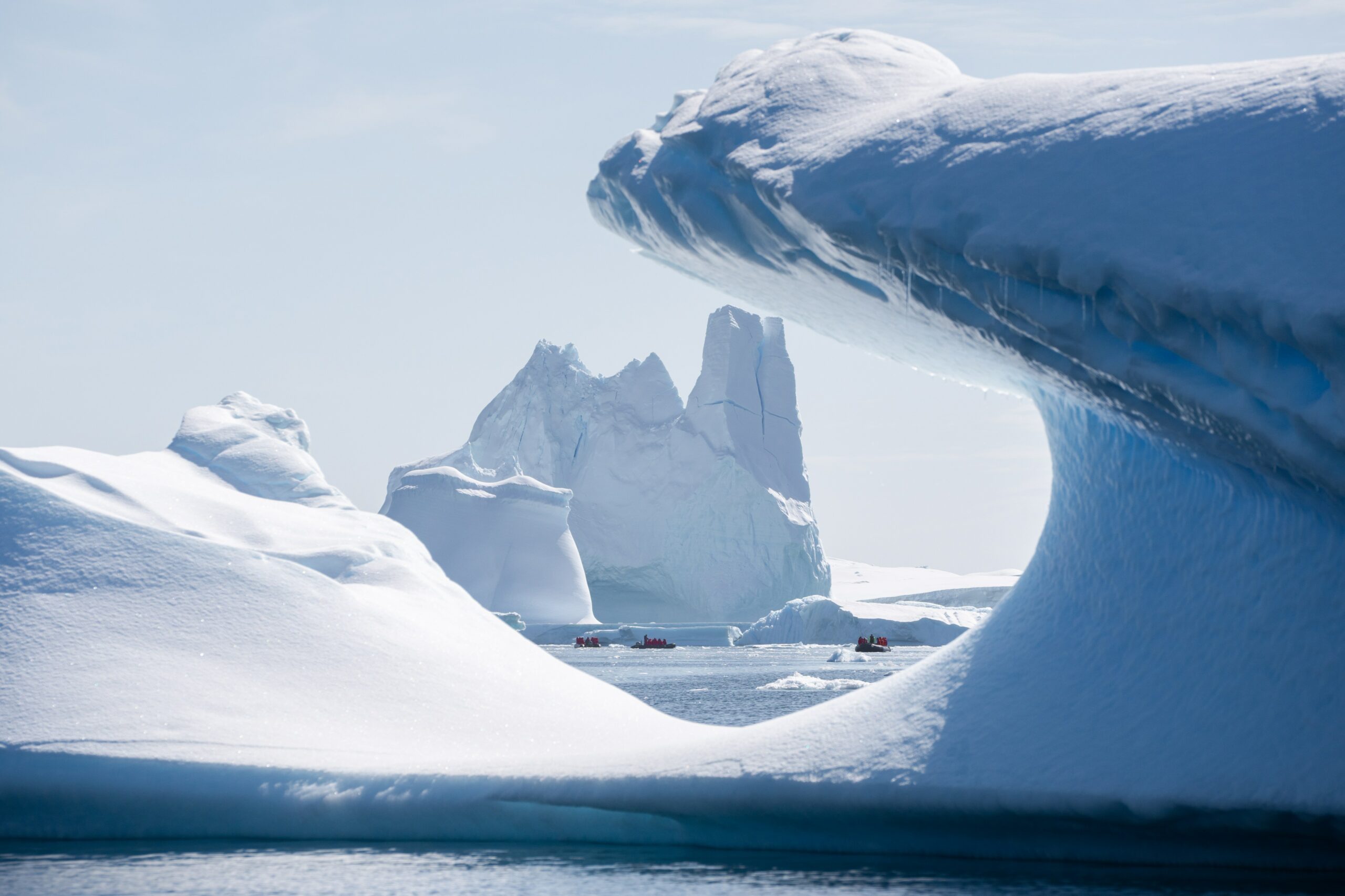
Silversea’s Antarctica tours include Zodiac and kayak trips
ERIC DURAN
The ultra-luxury cruise line offers both options for getting to Antarctica: sailing the Drake, and a fly-cruise option, with a two-hour flight from Punta Arenas to King George Island, in the South Shetland Islands, where guests will board their ship. Itineraries explore the Antarctic peninsula, with Zodiac trips, tundra hikes and opportunities to kayak and take a polar plunge by day, with fine dining, spa treatments and butler service by night.
Advertisement
2. HX (Hurtigruten Expeditions)
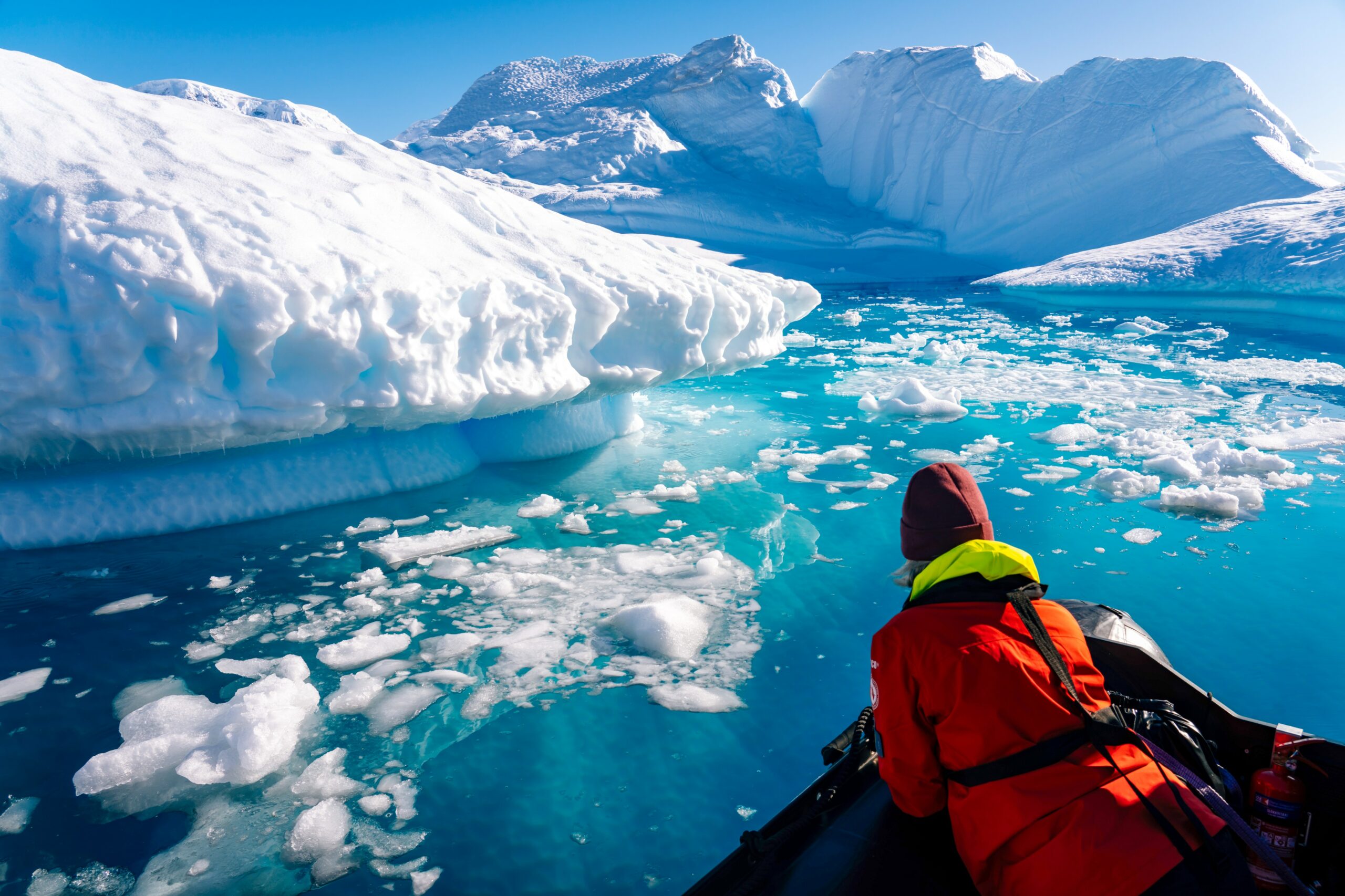
HX’s tours focus on sustainability
KAY FOCHTMANN
A citizen science approach, in collaboration with universities and scientists, gives these Antarctic peninsula trips a heightened focus on sustainability and protecting Antarctica’s ecosystems. Ships have a Science Centre, where you can learn more to complement the onboard lectures. You can also relive the true Antarctic explorer experience and camp out on the ice for a night.
3. Exodus Adventure Travels
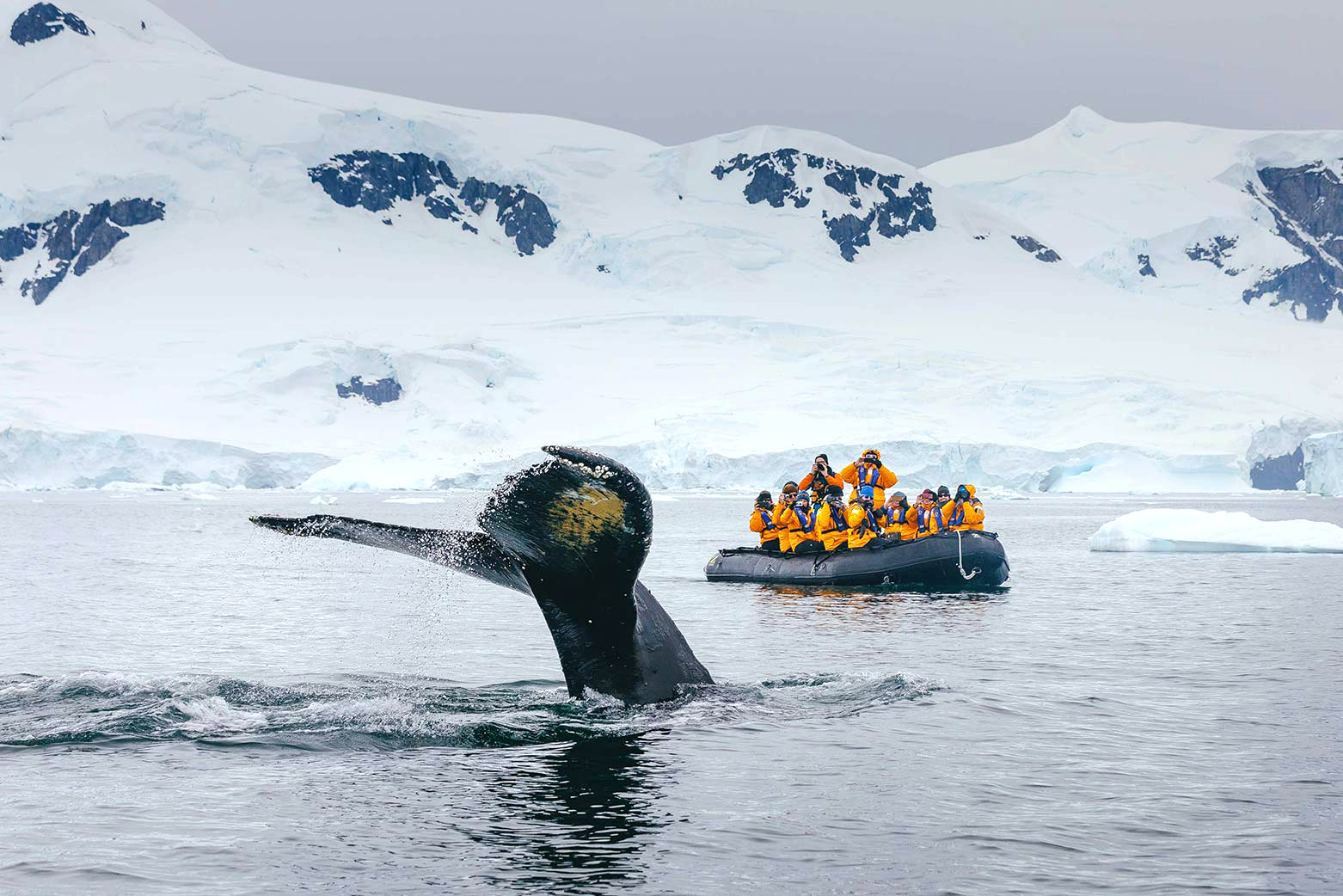
Exodus’s itineraries offer the chance to spot sealife
DAVID MERRON
Exodus’s itineraries on Quark Expeditions’ ships take you to the Antarctic peninsula, crossing into the Antarctic Circle, with options to sail the Drake Passage or fly to King George Island. Some more unique itineraries aim to take guests to Snow Hill Island emperor penguin colony, with the help of twin-engine helicopters to fly over thick ice, landing as close as possible without disturbing the birds.
4. Scenic
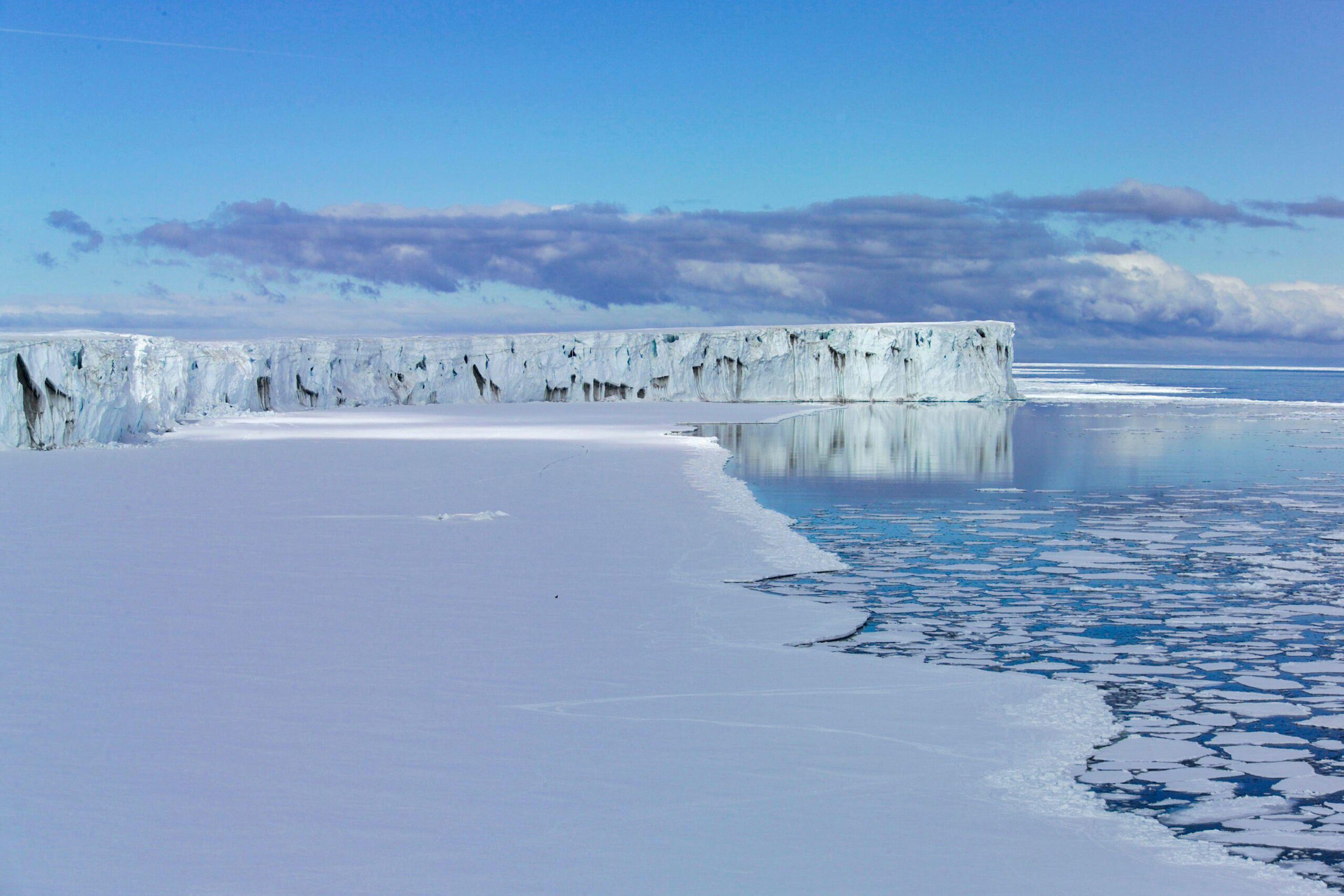
The Drygalski Glacier
ALAMY
Flightseeing by helicopter, exploring the icy waters in a submersible, riding up close to towering cliffs by Zodiac, or paddling in calm inlets by kayak or stand-up paddleboard are all on the cards on itineraries with this high-end line. Along with Antarctic peninsula cruises from South America, Scenic is one of a few operators that run itineraries from New Zealand, exploring the Ross Sea, the region that served as basecamp for Scott and Shackleton’s missions.
Advertisement
5. G Adventures
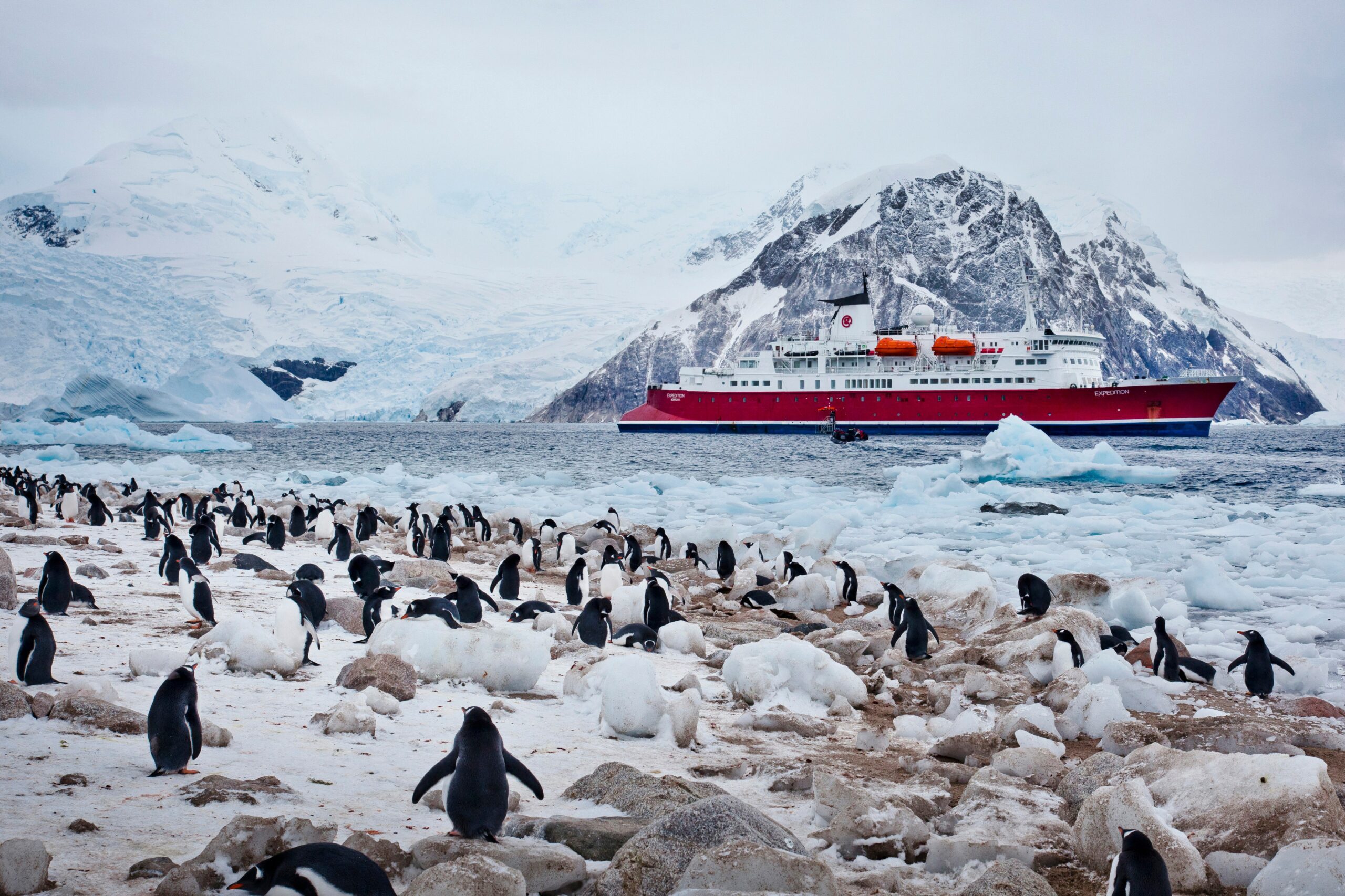
G Adventures’ tours include lectures about the local wildlife
G ADVENTURES
Itineraries all sail to the Antarctic peninsula via the Drake Passage. On board, geology, marine biology and polar history experts will share their knowledge of landing sites and wildlife in lectures and Q&A sessions; off the ship, canoeing past icebergs, camping overnight on the ice and taking a polar plunge all feature.
6. Princess Cruises
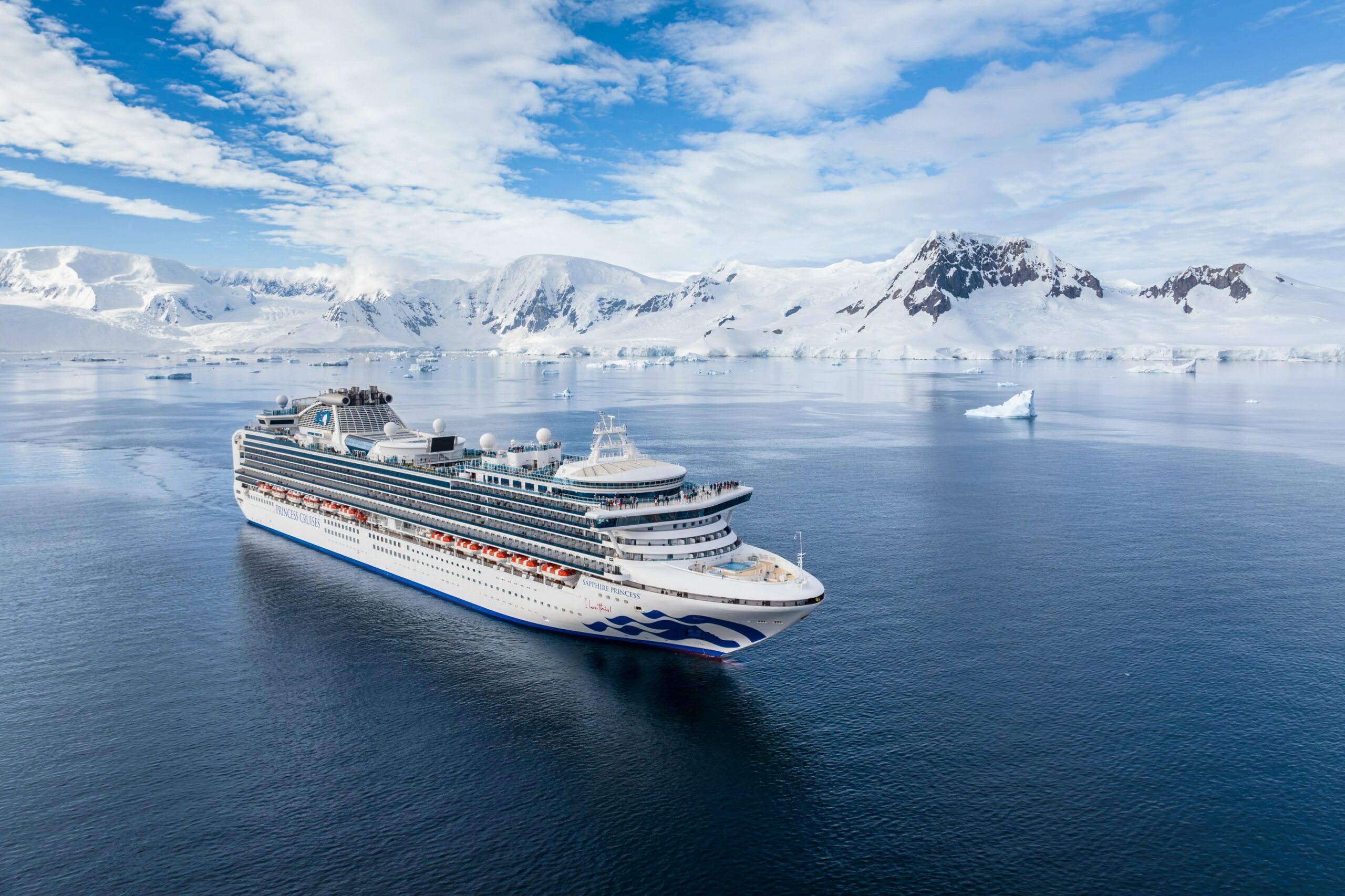
Princess Cruises’ Sapphire Princess in Antarctica
These are a little different — Princess Cruises pairs some of its South America sailings with a few days’ scenic sailing around the Antarctic peninsula. Passengers stay on the ship, while onboard lecturers talk them through areas of note, so this is a good option for those with limited mobility, who still want to see the White Continent.
Advertisement
7. Aurora Expeditions

Aurora Expeditions’ itineraries include kayaking
EMMA EVANS
Aurora Expeditions’ Antarctic peninsula itineraries span active trips with kayaking, snowshoeing and camping out on the ice for a night; quick fly-in sailings; and longer journeys, all with about two shore landings a day. The remote travel specialist also runs sailings from New Zealand with visits to Commonwealth Bay, East Antarctica.
• Best luxury cruises to Antarctica
• Best time to visit Antarctica: when to go and what to do
Sign up to the Times Travel newsletter for weekly inspiration, advice and deals here
This post was originally published on here







